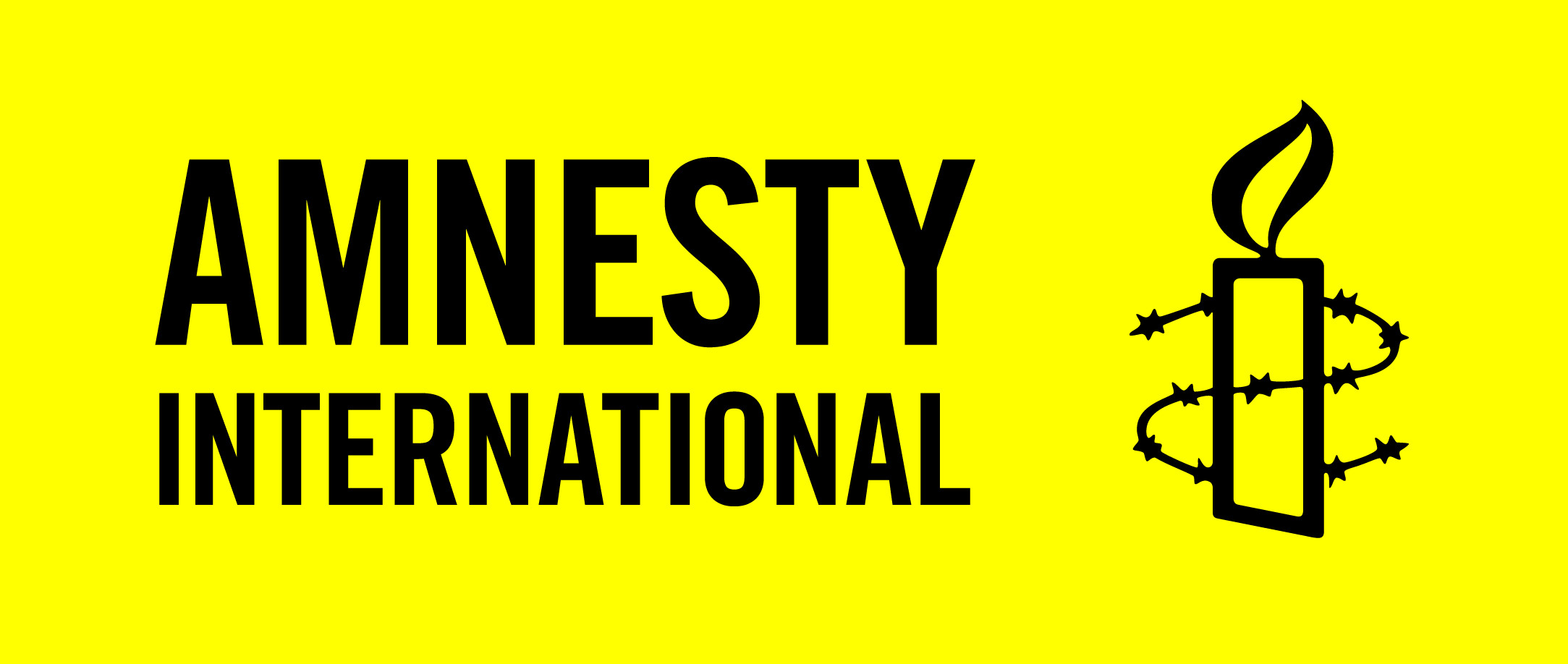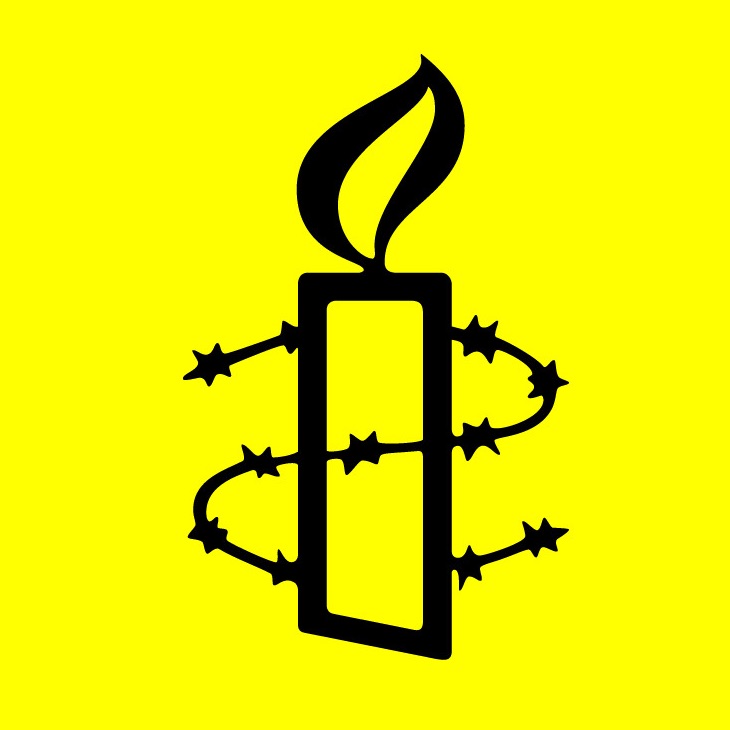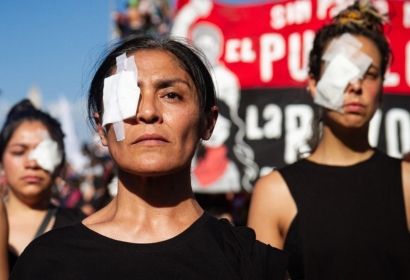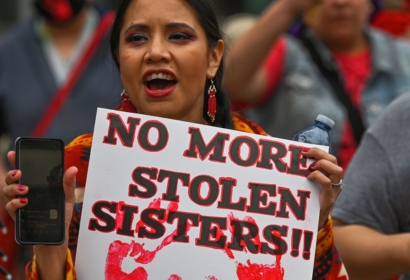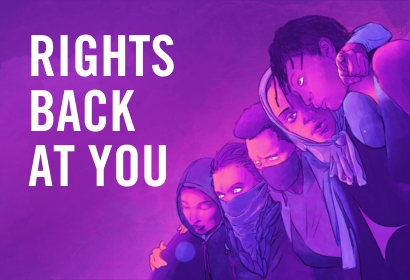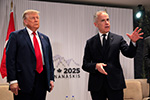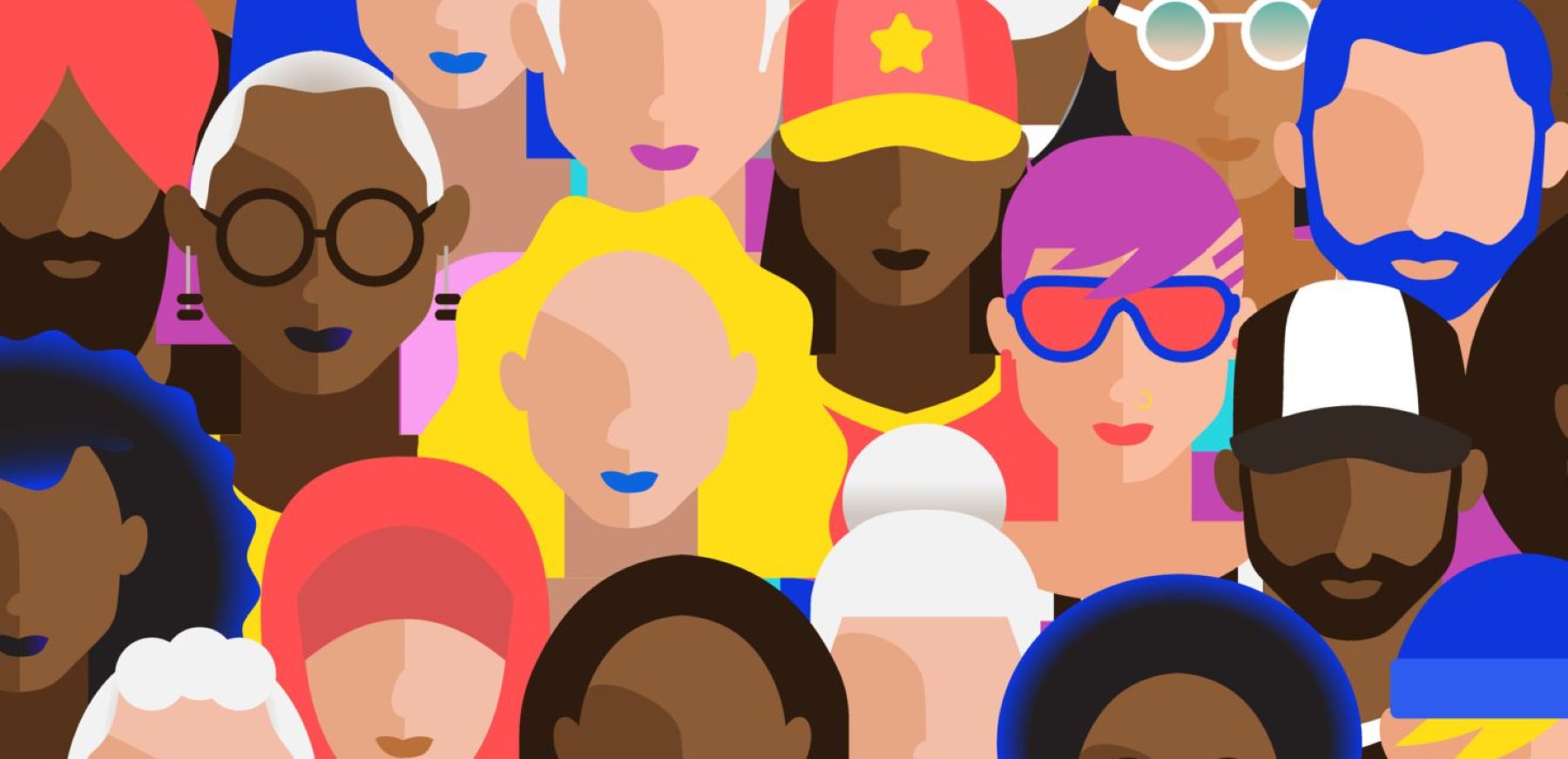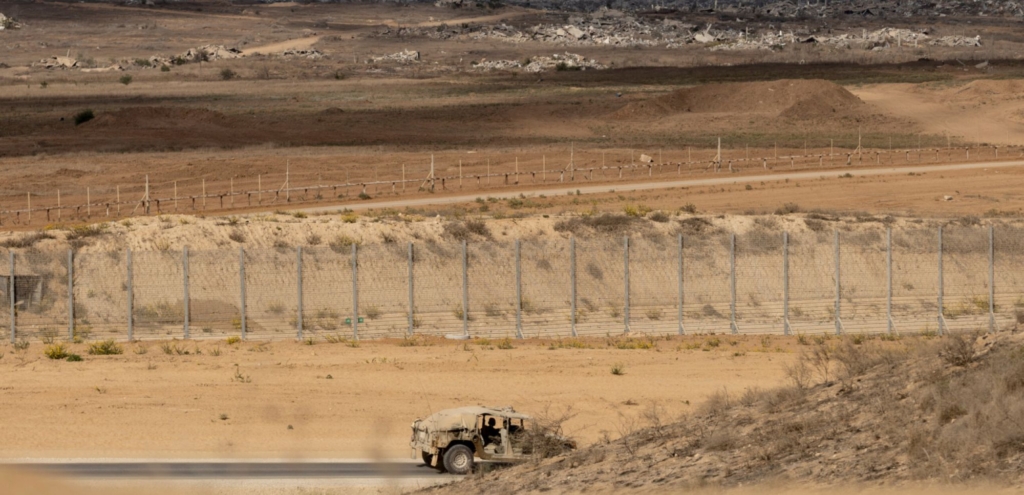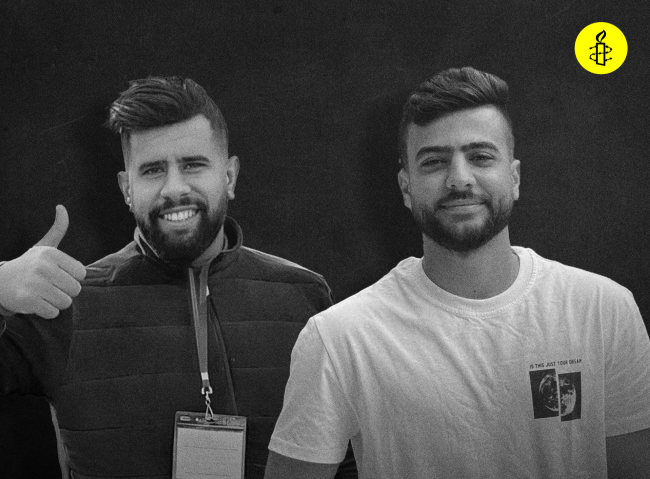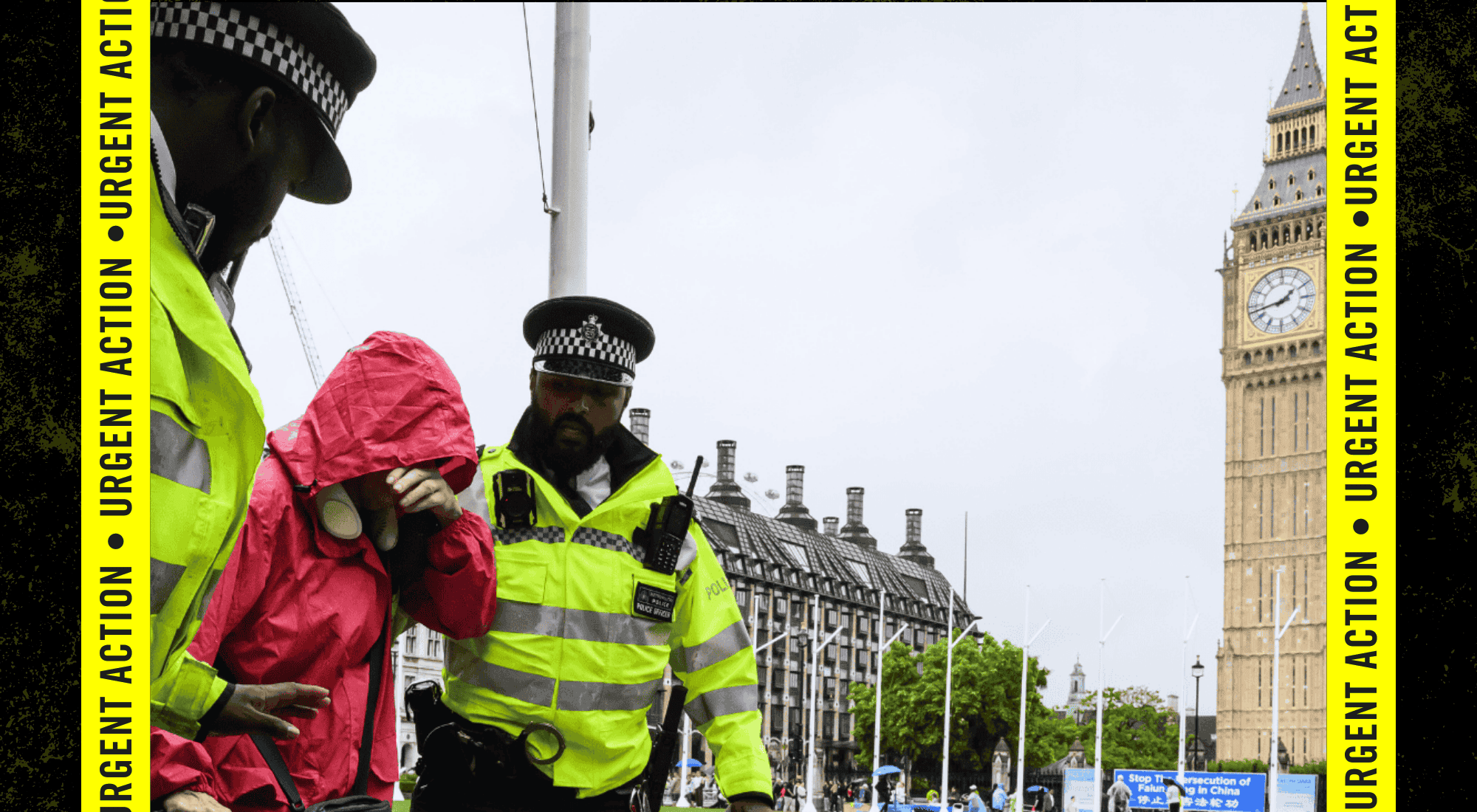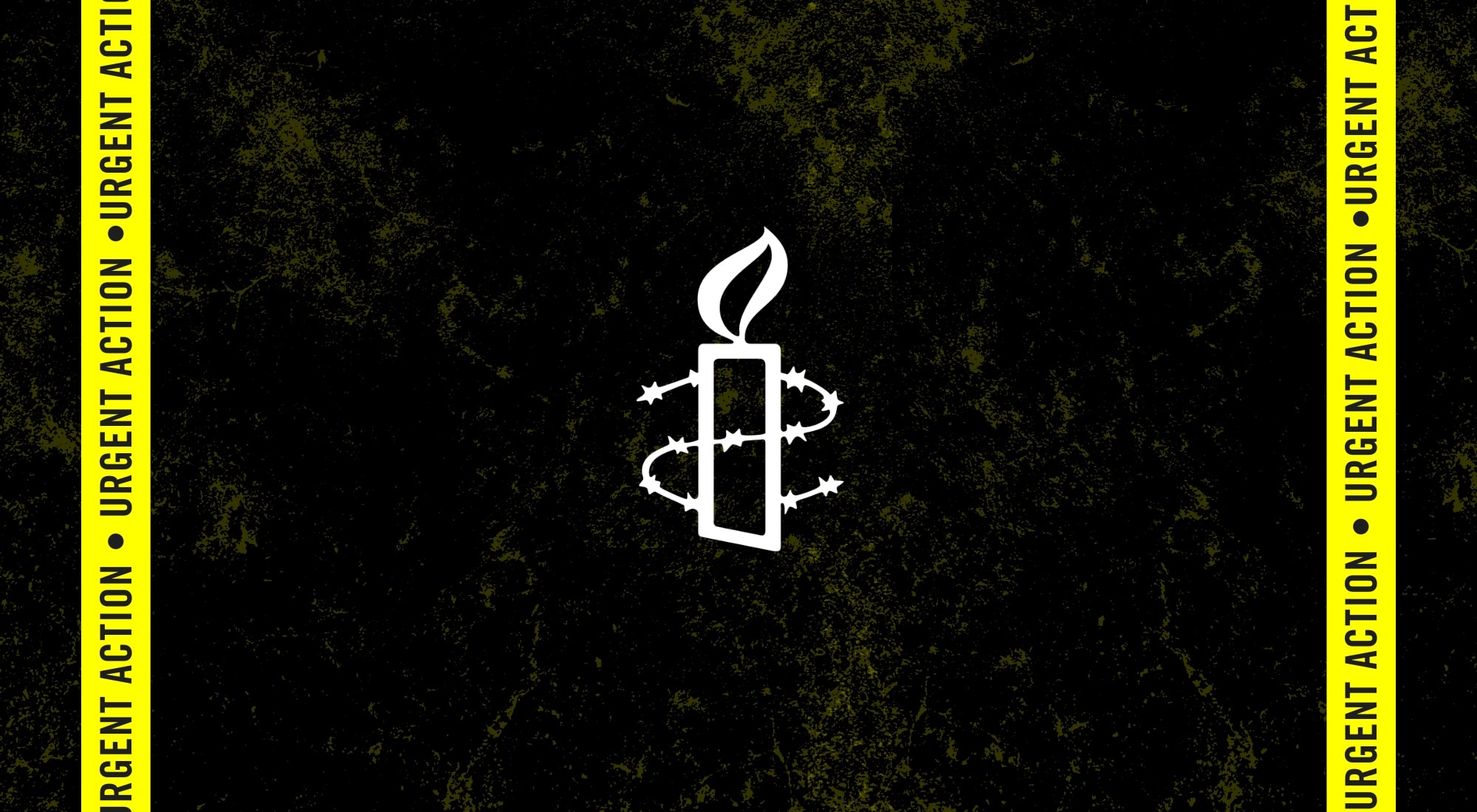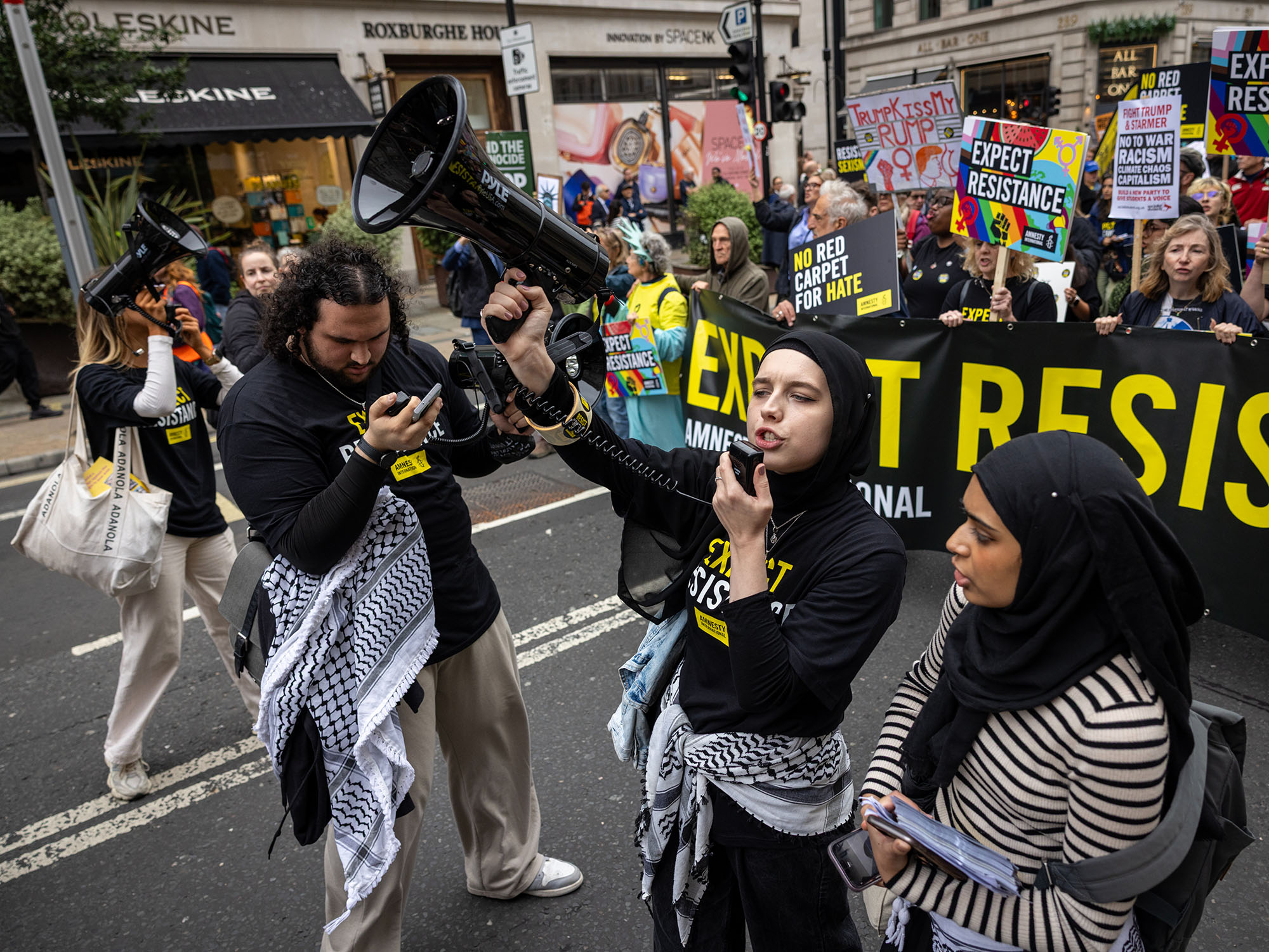It’s hard to miss the increasing debates around the word “gender”. The last few decades have seen historic gains in the struggle for equality of access to rights and opportunities for women and girls around the world. Though there is still a long way to go, some progress has been made towards recognizing the rights of LGBTI people.
Yet, a dangerous “anti-gender” backlash is spreading, threatening the human rights of millions of people globally. Misinformation and disinformation are being weaponized to use “gender” to attack everything from comprehensive sexuality education and sports to LGBTI rights and sexual and reproductive rights.
Recent political and legal pronouncements, including the UK Supreme Court’s disappointing judgment on the reading of UK’s Equality Act and US President Donald Trump’s Executive Orders seeking to “protect women from gender ideology” , among others, reveal an alarming backslide to repression, intolerance and discrimination.
What is gender?
Broadly speaking, gender can be understood as a socially constructed set of norms, roles and behaviours. These are associated with the sex assigned to a person at birth, which shape their access to power, resources, and equitable enjoyment of rights, among other areas.
When a baby is born, they are assigned ‘male’ or ‘female’, based on sex characteristics (often the external genitalia, but also hormones and chromosomes in some cases). Usually, those with a penis are assigned ‘male’ and those with a vulva are assigned ‘female’.
However, not everyone has sex characteristics that fit into the typical ‘male’ and ‘female’ box. For example, there are many people who are born with intersex variations – their chromosomes could be different, the external genitalia, hormones or internal organs do not fit typical binary notions of ‘male’ and ‘female’ bodies. There are many healthy, naturally occurring variations. Yet, most people are slotted or forced into binary sex and gender categories.
What are gender norms and roles?
From childhood we start receiving messages on how to behave, what activities to participate in, what clothes to wear, what is expected from us and how to express ourselves depending on these sex characteristics. These ideas may change over time and vary from society to society and is shaped by various factors such as class, disability, race, caste, ethnicity etc.
These early messages may lead many of us to follow the gender roles and expressions that are assigned to us. Some of us may be okay with it, but for many this is challenging – simply because what they feel about themselves does not match what society is telling them they should be.
Transgender, non-binary and a range of different gender diverse identities are used by people whose sense of gender and self does not align with the sex and gender they were assigned at birth and the prescriptions of gender norms, roles and expressions that followed.
Want to learn more about what these terms mean? Learn more here.
Looking for actions for Pride 2025? Find them and more here.
Gender roles and norms structure society in a way that determines individuals’ access to power, resources and rights, often in inequitable ways. Typically, characteristics attached with masculine attitudes and behaviours (qualities thought to be typical of a ‘man’) are more valued than those with feminine attitudes and behaviours (qualities thought to be typical of a ‘woman’). For example, assertiveness in a man is often applauded and seen as an asset, while sensitivity, usually expected in a woman, is often denigrated. These double standards translate into a gender gap in a whole host of areas such as pay, access to education, employment and healthcare.
Forcing people to conform to socially dictated ideas around gender, can leave deep emotional and psychological scars on people and limit them from living their full lives. It is important to remember that these ideas are learned and therefore can also be unlearned.
Confused about what gender identity, gender expression, sexual orientation, romantic orientation and other words often used in this context mean?
The Gingerbread person explanation developed by ‘It’s Meterosexual’ is an easy and accessible starting point to understand these terms.
What is the panic about ‘gender ideology’ all about?
On assuming office in January 2025, USA President Donald Trump issued an executive order seeking to defend women “from gender ideology extremism”. The term, used by politicians and religious groups, among others, has become shorthand to attack various aspects of sexuality, progressive gender norms and bodily autonomy. In 1997, the Vatican referenced ‘gender ideology’ to argue that roles between men and women were biologically determined, “natural” and immutable. The same argument has been used countless times since with any attempt to challenge it seen as an attack on “traditions” and “family values”.
Since the term “gender ideology” entered wider public discourse, it has been used to diminish the rights to bodily autonomy, privacy, expression, health, and a range of other rights of women, girls and LGBTI people. As a result, comprehensive sexuality education, sexual and reproductive rights, rights of LGBTI people, acceptance of diverse family configurations, efforts to address gender-based violence holistically, HIV prevention, and a range of other issues have suffered setbacks.
However, since gender is socially constructed and its manifestation changes over time, it is necessary to expose this artificially created panic for what it is: an attempt to thwart assertion by different groups for a more equitable and non-discriminatory social, economic and political structure.
Does advancing gender-based rights detract from women’s rights?
In short, no. The hierarchy of gender roles and their rigid enforcement breed discrimination, violence and abuse for all women and girls and gender-diverse people.
Rigid rules of gender and forcing people to conform to these rules have severe consequences as they limit people from reaching their full potential and expressing themselves fully. For example, ideas such as “men are aggressive” and “women are passive”, can encourage and normalise violence. Similarly, ideas about caring capacities of women and girls, results in unequal distribution of care responsibilities because of which women and girls are forced to drop out of schools, their health is affected, and they are unable to pursue gainful employment. People whose gender identity and/or expression is different from these rigid norms face discrimination and violence across the globe for “defying” these norms.
Therefore, rather that minimizing harms against one group, understanding that violence against women and girls has shared roots with violence against LGBTI persons and draws on strict enforcement of gender and sexuality norms, roles, stereotypes and expressions and reinforces inequitable power structures, allows us to tackle the issue as a structural problem requiring deeper analysis and holistic solutions.
Header illustration © Getty Images
